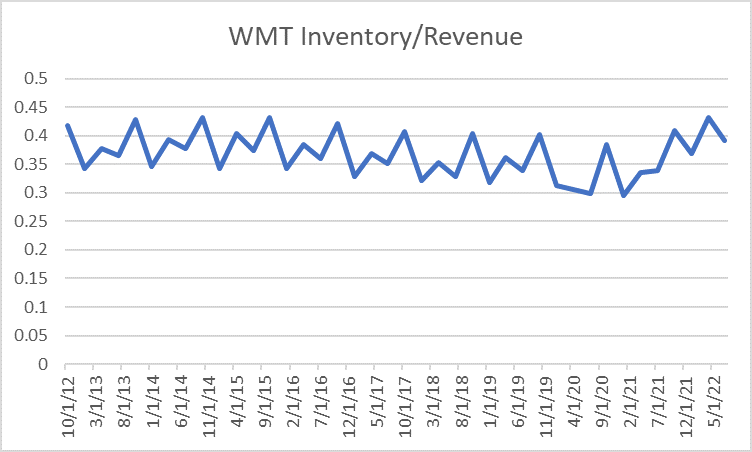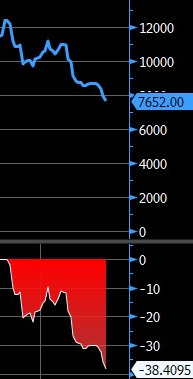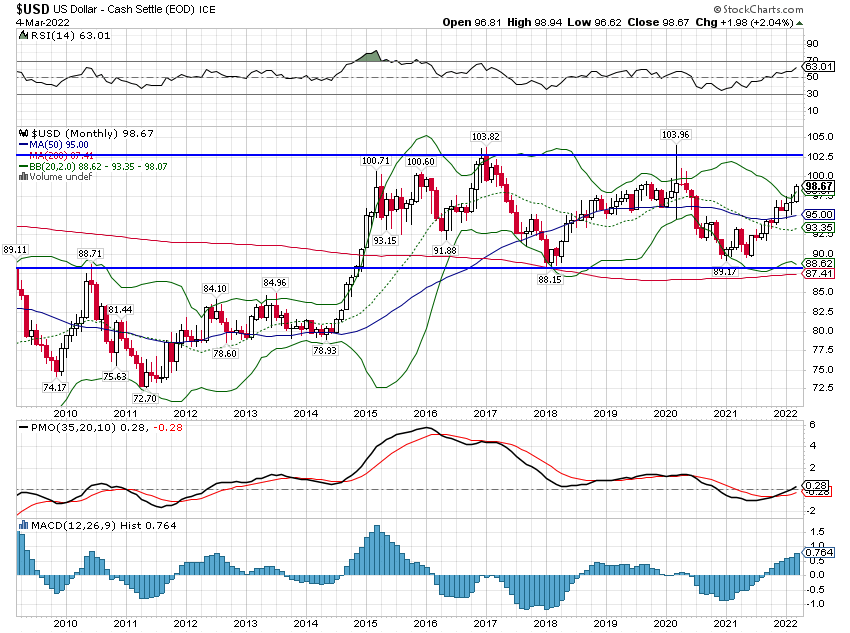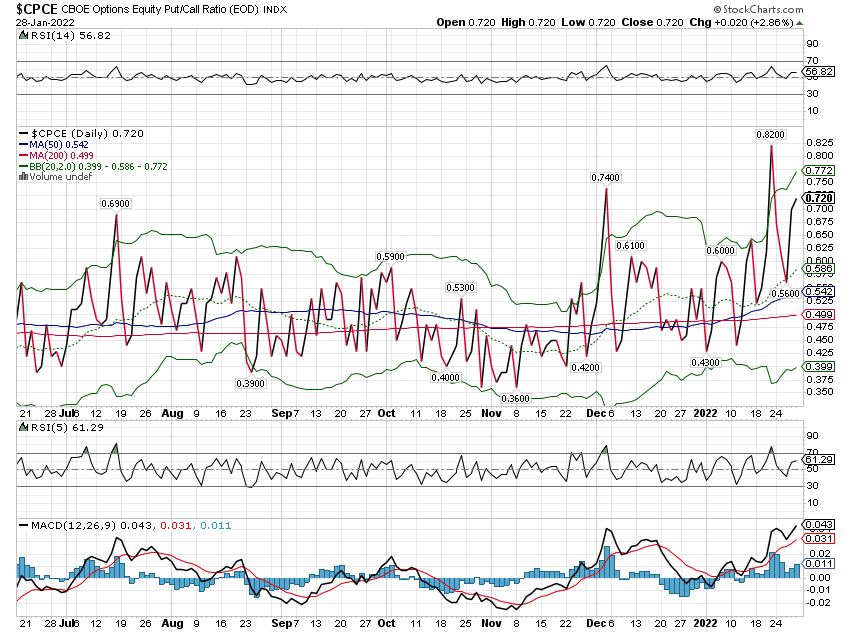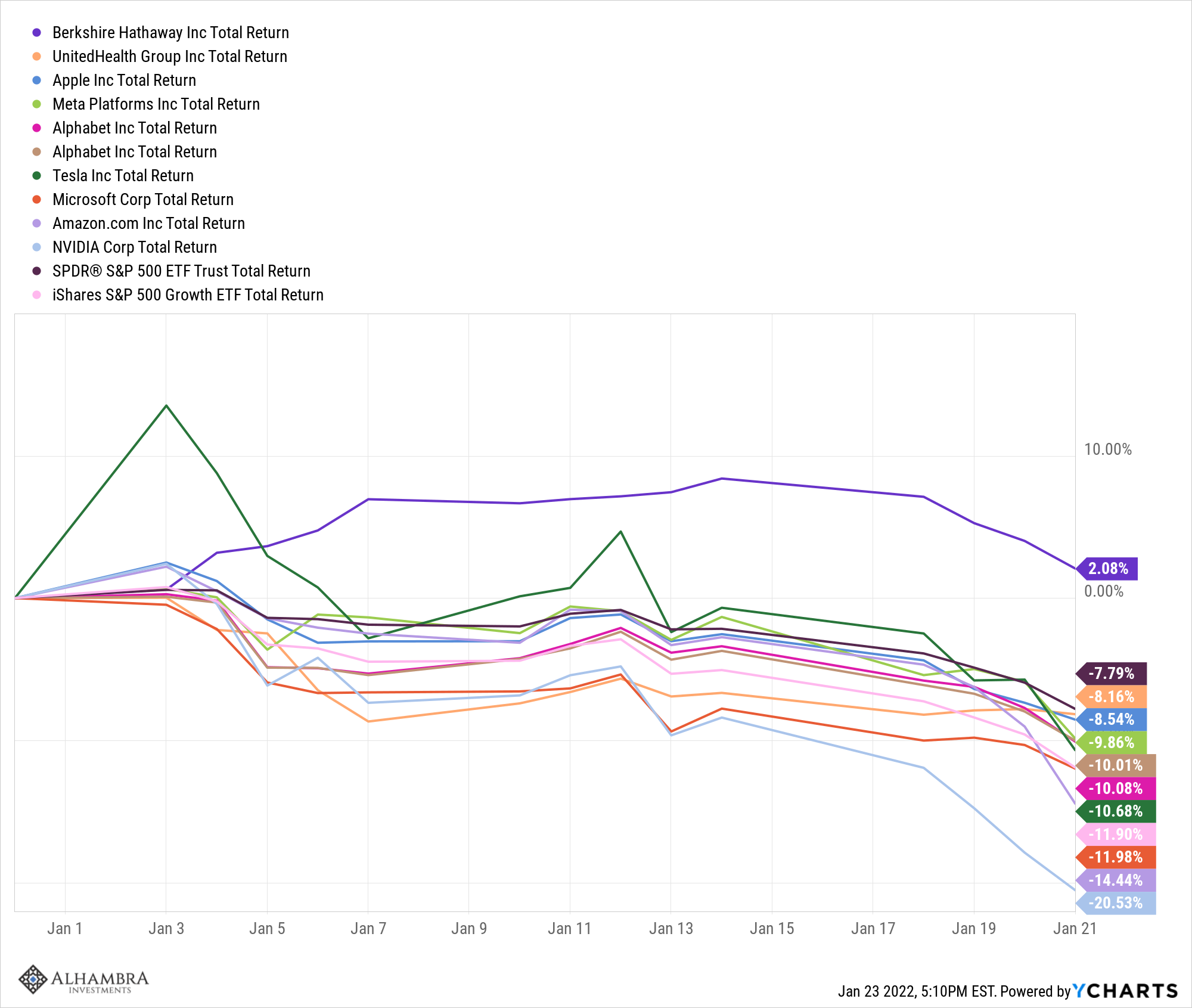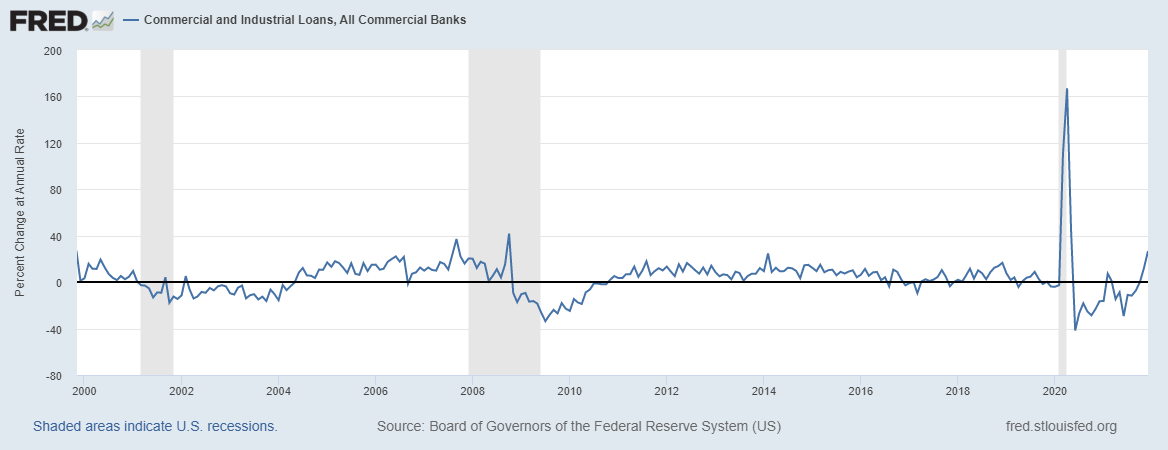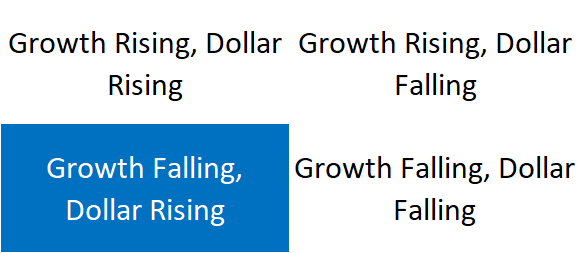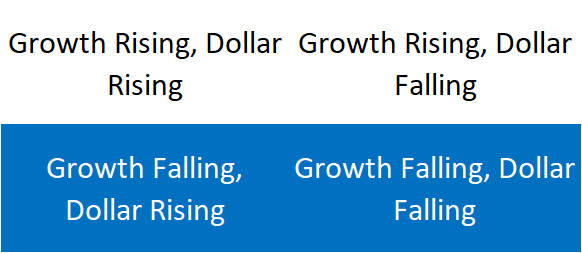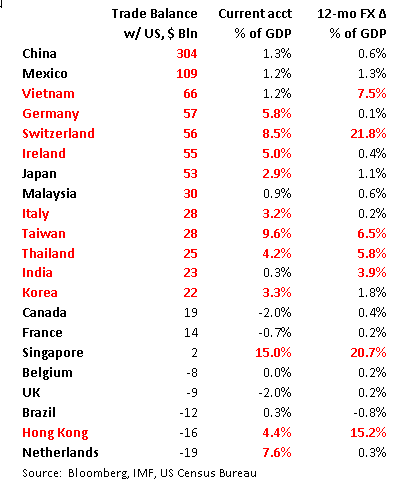Meanwhile, oil prices shrugged off disappointment with OPEC inaction last week, with WTI oil remaining near $50 to close out the week. The central banks of India, Poland, Brazil, Korea, Peru, and Russia all meet this week. All are expected to keep rates steady, but we note risks of a dovish surprise from Russia. China data deluge for May begins this week with foreign reserves, trade, CPI, and PPI.
Czech Republic reports April retail sales Monday, which are expected to rise 6.4% y/y vs. 5.0% in March. It then reports April trade (CZK18.9 bln expected), construction output, and IP (4% y/y expected) Tuesday. May CPI will be reported Thursday, which is expected to rise 0.4% y/y vs. 0.6% in April. Deflation risks remain alive, even though the real sector is fairly robust. Next central bank meeting is June 30, no changes expected.
Taiwan reports May CPI Tuesday, which is expected to rise 1.6% y/y vs. 1.9% in April. It also reports May trade that same day, with exports seen at -10% y/y and imports at -11% y/y. Low inflation and a weak economy should keep the central bank on its easing path. The next policy meeting is June 22, and another 12.5 bp cut to 1.375% seems likely.
The Philippines reports May CPI Tuesday, which is expected to rise 1.3% y/y vs. 1.1% in April. While the central bank has room to ease, we suspect it is a bit concerned about the incoming government’s plans to loosen fiscal policy. As such, the bank is likely to remain on hold until it can get a better idea of the new government’s plans. Next policy meeting is June 23, no change seen then. It reports April exports Friday, which are expected at -1.5% y/y vs. -15.1% in March.
Reserve Bank of India meets Tuesday and is expected to keep rates steady at 6.5%. Both CPI and WPI inflation have been ticking higher, which warrants caution ahead of the monsoon season. Reports that Governor Rajan does not intend to return for a new term is concerning, as he is well-respected by the markets. We expected Prime Minister Modi will do his best to keep him on. India reports April IP Friday.
China reports May foreign reserve data on Tuesday, which are expected to fall slightly to $3.2 trln. China then reports May trade Wednesday, with exports seen at -4.2% y/y and imports at -6.8% y/y. China then reports May CPI and PPI Thursday. The former is expected to rise 2.3% y/y, while the former is expected at -3.1% y/y. Recent data from China have been mixed, but the negative impact has been muted by official comments suggesting more stimulus could be seen.
Hungary reports April IP Tuesday, which is expected to rise 0.3% y/y vs. -2.4% in March. It then reports May CPI Wednesday, which is expected to rise 0.1% y/y vs. 0.2% in April. Central bank minutes from May will also be released Wednesday. At that May meeting, it cut 15 bp to 0.90% and signaled its intent to halt the easing cycle. Minutes could provide clues as to what might change that outlook. Next policy meeting is June 21, no changes are expected.
Chile reports May trade Tuesday. It then reports May CPI Wednesday, which is expected to rise 4.2% y/y vs. 4.3% in April. With inflation likely to resume moving back towards the 2-4% target range, we think the easing cycle is on hold. The central bank has kept rates steady at 3.5% since the last 25 bp hike back in December. The next policy meeting is June 16, no changes are expected.
Turkey reports April IP Wednesday, which is expected to rise 3.1% y/y vs. 2.9% in March. It then reports Q1 GDP Friday, which is expected to grow 4.7% y/y vs. 5.7% in Q4. With the economy slowing and inflation falling, we think the central bank will continue cutting rates. So far, the cuts have been limited to the overnight lending rate. However, we see a cut in the benchmark rate soon. Next policy meeting is June 21.
South Africa reports Q1 GDP Wednesday, which is expected to contract -0.1% y/y vs. +0.5% in Q4. It then reports April manufacturing production Thursday, which is expected to rise 0.8% y/y vs. -2.0% in March. With the economy so weak, the SARB is probably reluctant to hike rates much further. It stood pat in May, and may not hike at the next policy meeting July 21. But obviously, a lot can happen between now and then.
National Bank of Poland meets Wednesday and is expected to keep rates steady at 1.5%. CPI fell -1.0% y/y in May, and so deflation risks remain alive even though the real sector is fairly robust. Incoming central bank chief Glapinski and the rest of the new MPC appear reluctant to cut rates further.
Brazil reports May IPCA inflation Wednesday, which is expected to rise 9.29% y/y vs. 9.28% in April. Mid-May IPCA came in higher than expected at 9.62% y/y vs. 9.34% in mid-April, and so we see upside risks to this reading. COPOM also meets Wednesday and is expected to keep rates steady at 14.25%. With several inflation measures accelerating again, the start of the easing cycle may be delayed.
Bank of Korea meets Thursday and is expected to keep rates steady at 1.5%. CPI inflation came in lower than expected in May at 0.8% y/y, and fell further below the 2.5-3.5% target range. One MPC called for a rate cut in the “near term” and we think more will fall into this camp in H2 as the economy slows further.
Mexico reports May CPI Thursday, which is expected to rise 2.59% y/y vs. 2.54% in April. It then reports April IP Friday, which is expected to rise 0.6% y/y vs. -2.0% y/y in March. Price pressures remain limited, and so we downplay talk of another rate hike to help shore up the peso and limit second round impact on inflation. Next policy meeting is June 30, no change is expected.
Peruvian central bank meets Thursday and is expected to keep rates steady at 4.25%. Price pressures are still easing, with CPI rising 3.5% y/y in May. This is the lowest rate since June 2015, and suggests that the next move is likely to be a cut. With inflation still above the 1-3% target range, however, easing is unlikely until H2. The central bank has been on hold since the last 25 bp hike back in February took the policy rate to the current 4.25%.Russian central bank meets Friday and is expected to keep rates steady at 11.0%. However, the market is split. Of the 25 analysts polled by Bloomberg, 13 see no move and 12 see a 50 bp cut to 10.5%. The central bank has been on hold since the last 50 bp cut to 11% back in July 2015. With the ruble firm, we think the bank could deliver a dovish surprise and cut rates. Russia also reports April trade Friday.
 EM ended the week on a firm note after the US jobs shocker. While we view the weak reading as a fluke, shifting market perceptions of Fed tightening risk should keep EM bid near-term. However, we think the July FOMC meeting is still very much alive. That and the upcoming Brexit vote are potential pitfalls for EM in the coming weeks.
EM ended the week on a firm note after the US jobs shocker. While we view the weak reading as a fluke, shifting market perceptions of Fed tightening risk should keep EM bid near-term. However, we think the July FOMC meeting is still very much alive. That and the upcoming Brexit vote are potential pitfalls for EM in the coming weeks.

















